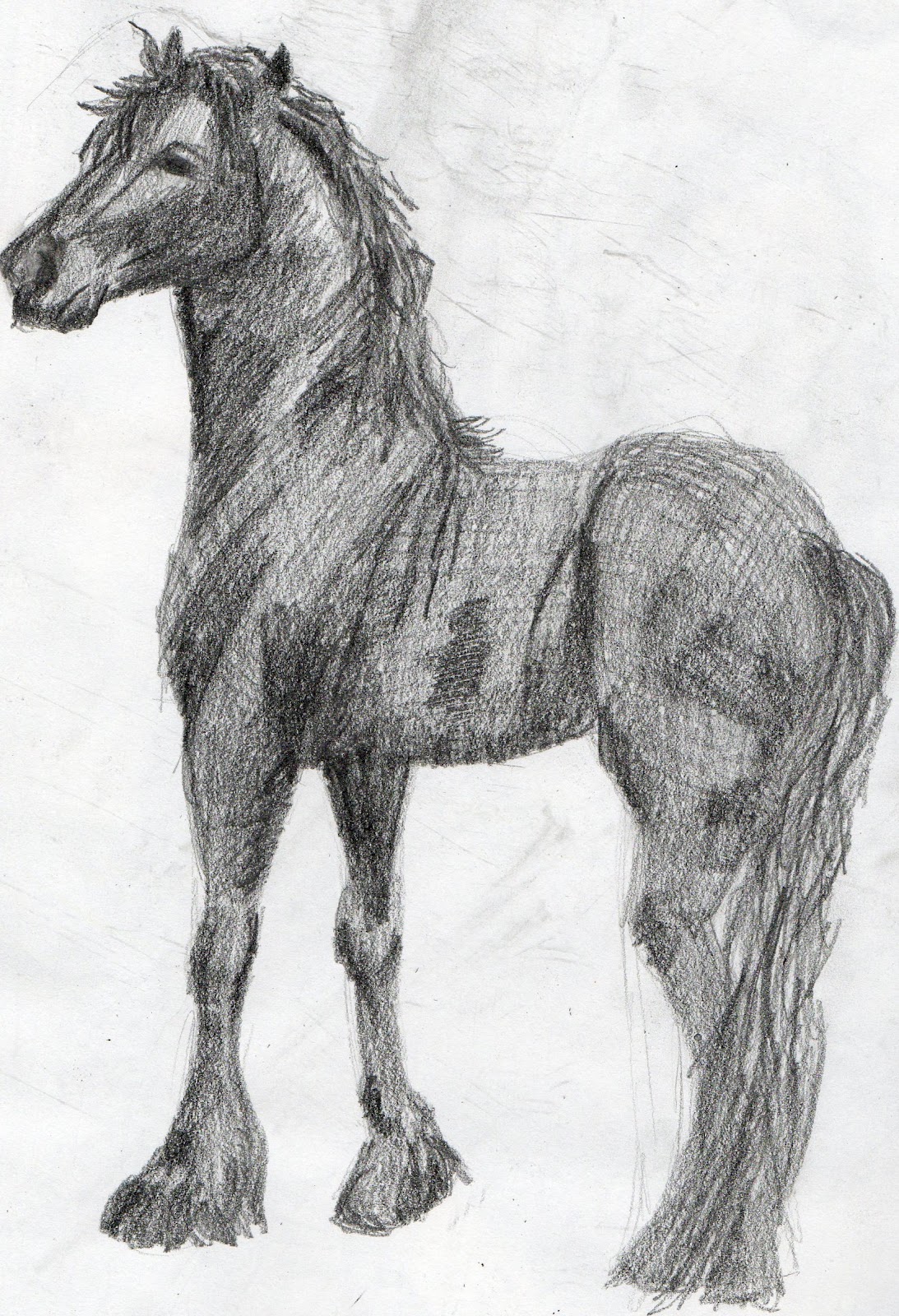
Introduction
Horse drawings have always captivated artists and enthusiasts alike. The beauty and grace of these magnificent creatures make them a popular subject for artwork. From ancient cave paintings to modern digital illustrations, horse drawings have evolved over time. In this article, we will explore the history, techniques, and significance of horse drawings.
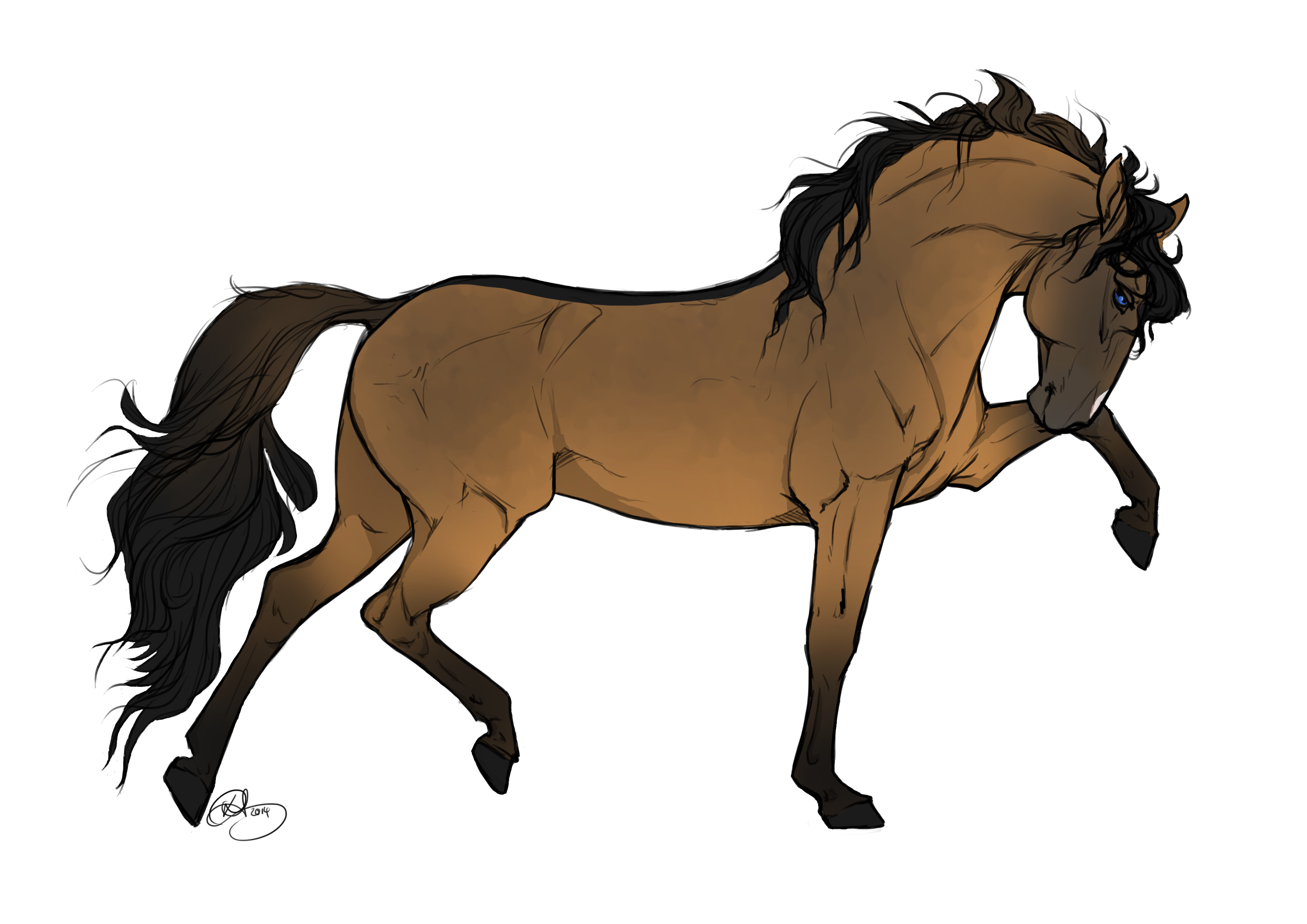
History of Horse Drawings
The history of horse drawings can be traced back thousands of years. Cave paintings discovered in Lascaux, France, depict horses in motion, showcasing the early fascination with these animals. In ancient civilizations such as Egypt, Greece, and China, horses were often featured in artwork as symbols of power, strength, and freedom.

Techniques for Creating Horse Drawings
Creating realistic horse drawings requires skill and practice. Artists use various techniques and mediums to bring these majestic creatures to life on paper or canvas. Pencil drawings provide a classic and detailed approach, capturing the intricate details of a horse's anatomy. Charcoal drawings, on the other hand, add depth and contrast to the artwork.
Step-by-Step Guide to Drawing a Horse
If you are interested in drawing horses, here is a step-by-step guide to help you get started:
Step 1: Outline the Basic Shapes
Begin by sketching the basic shapes that form the structure of the horse. Draw a large oval for the body and smaller circles for the head and limbs.
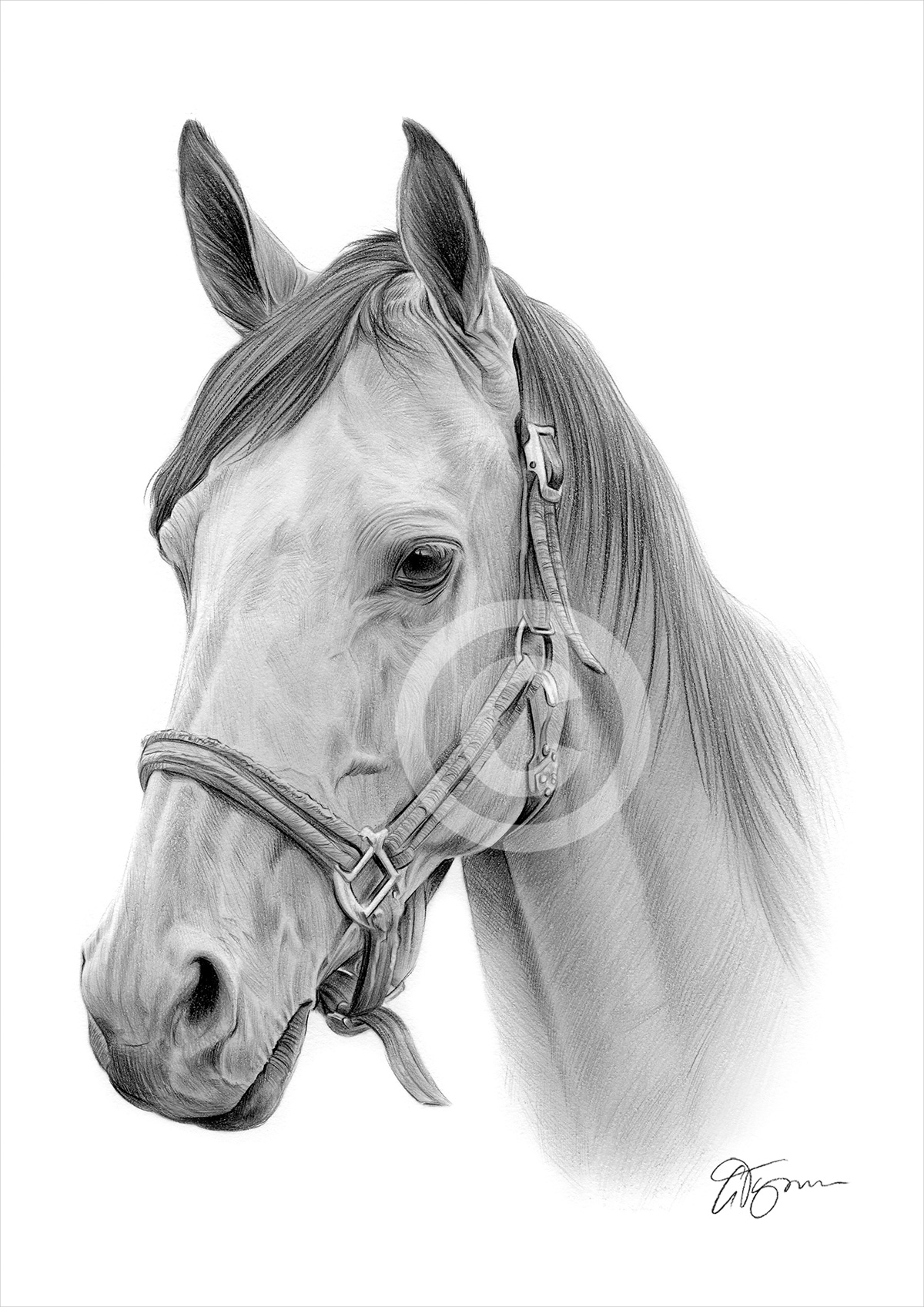
Step 2: Refine the Body Proportions
Using the basic shapes as a guide, refine the proportions of the horse's body. Pay attention to the length of the legs, the curve of the back, and the shape of the head.
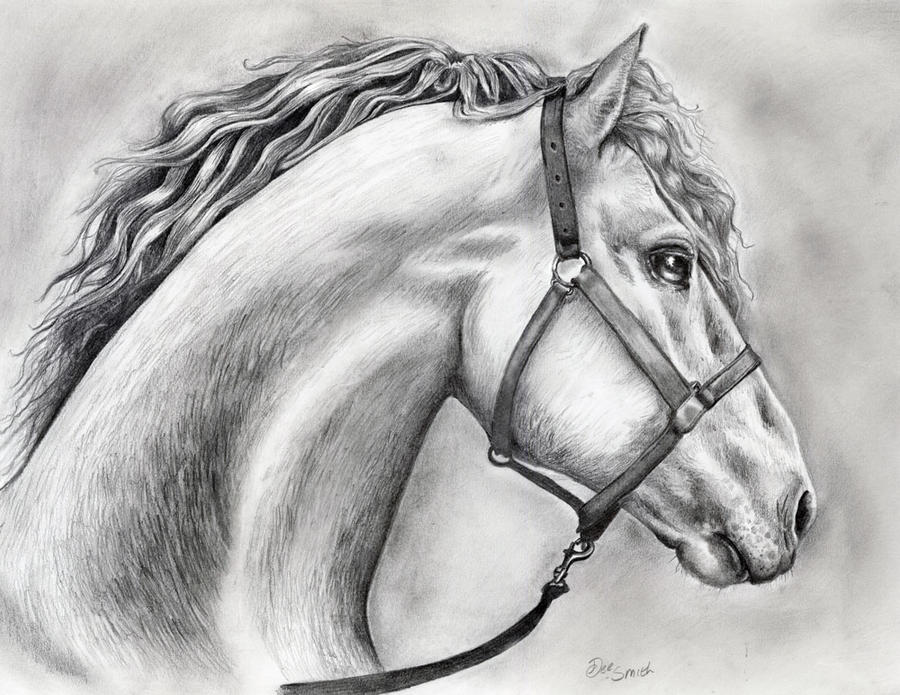
Step 3: Add Details and Features
Add details such as the horse's mane, tail, and facial features. Study reference images or observe real horses to accurately capture these elements.

Step 4: Shade and Add Texture
Use shading techniques to add depth and dimension to your horse drawing. Pay attention to light sources and create shadows accordingly. Consider adding texture to the horse's coat using crosshatching or stippling.

Step 5: Finalize and Refine
Take a step back and assess your drawing. Make any necessary adjustments to ensure accuracy and overall balance. Erase any stray lines or smudges and refine the details until you are satisfied with the final result.
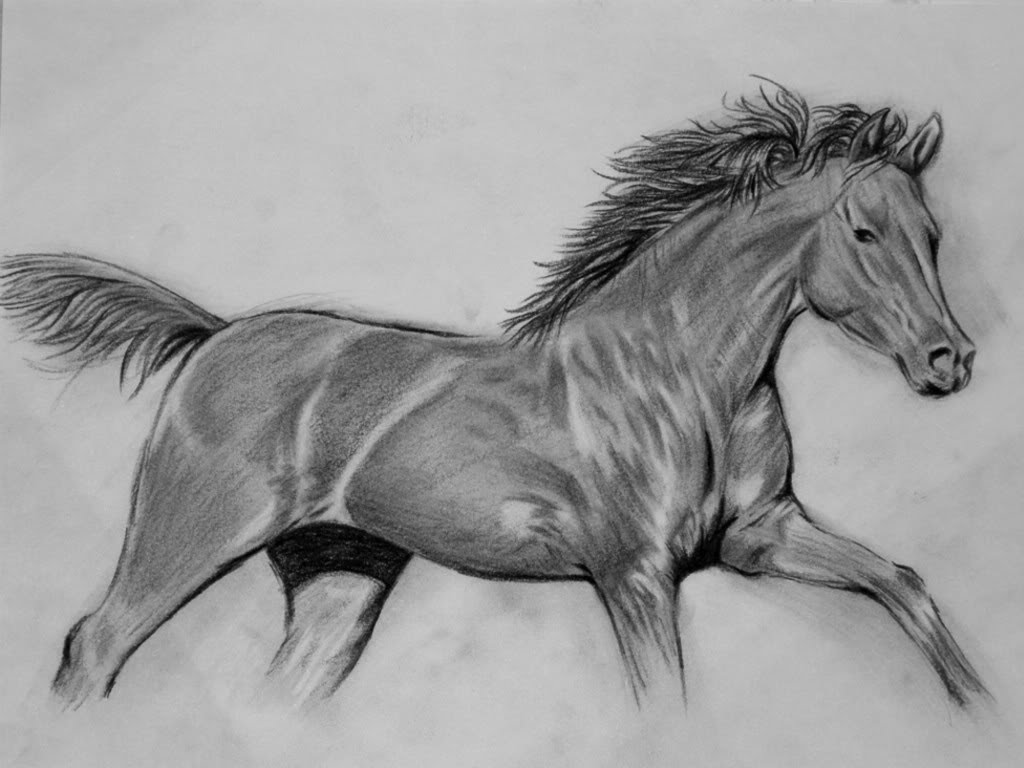
The Significance of Horse Drawings
Horse drawings hold significant cultural and symbolic meanings. Throughout history, horses have been associated with nobility, loyalty, and freedom. They represent the human-animal connection and the bond between humans and nature. Horse drawings can evoke a sense of awe, admiration, and inspire individuals to appreciate the beauty of these animals.
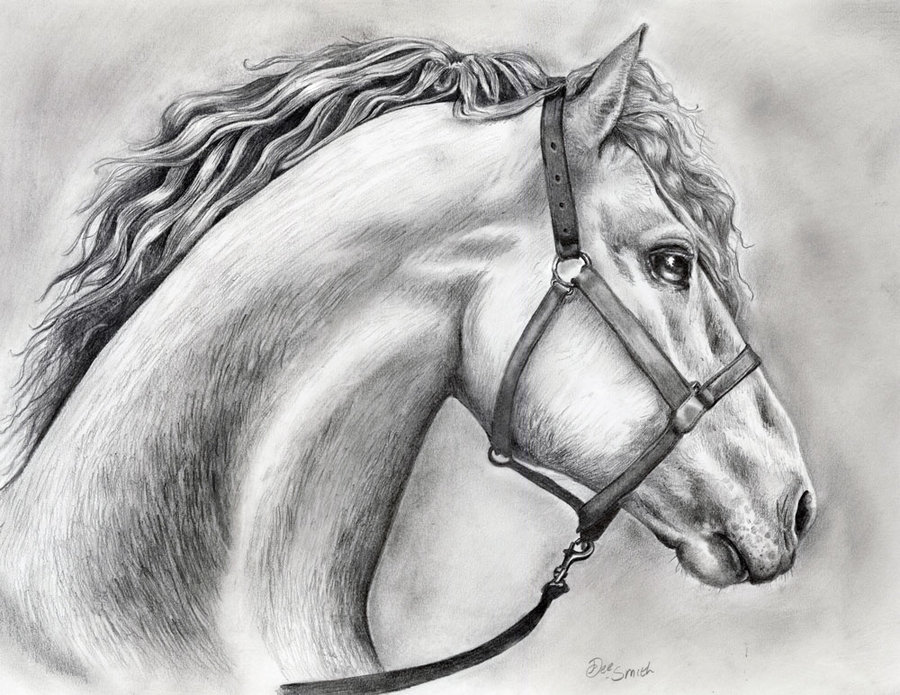
Conclusion
Horse drawings continue to be popular and cherished forms of art. Whether you are an artist or an admirer, exploring the world of horse drawings can be a captivating journey. From the historical cave paintings to the modern techniques employed by artists today, the allure of horse drawings transcends time and culture.